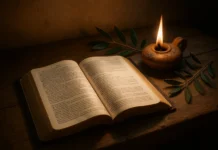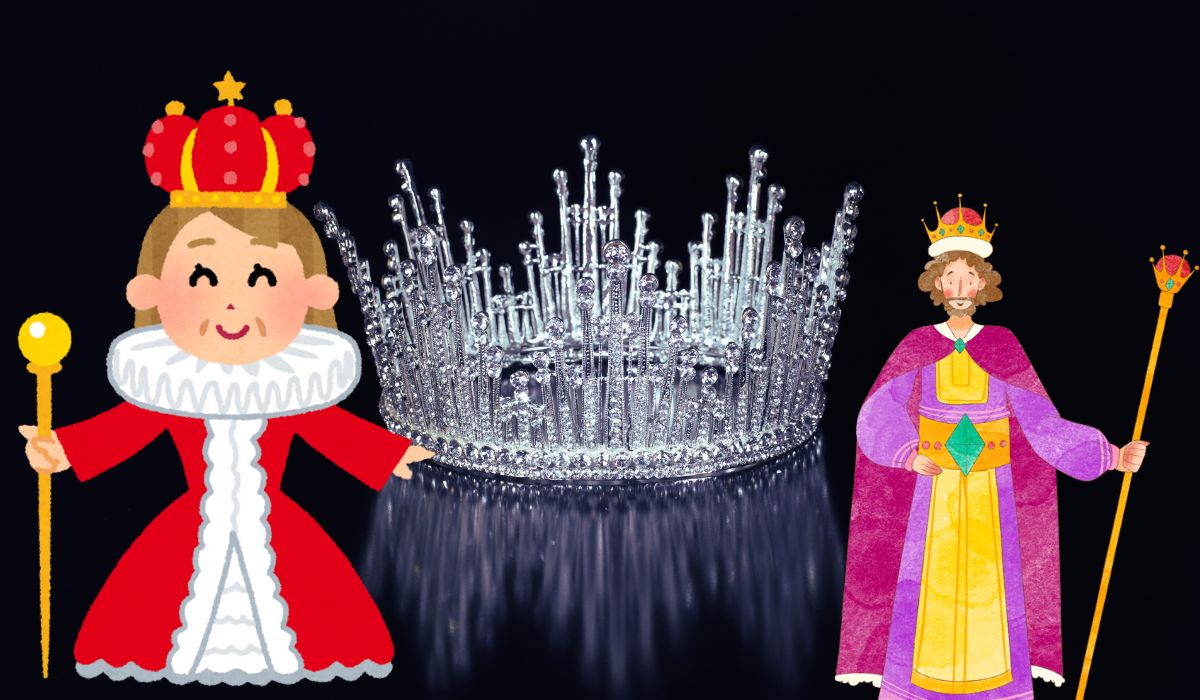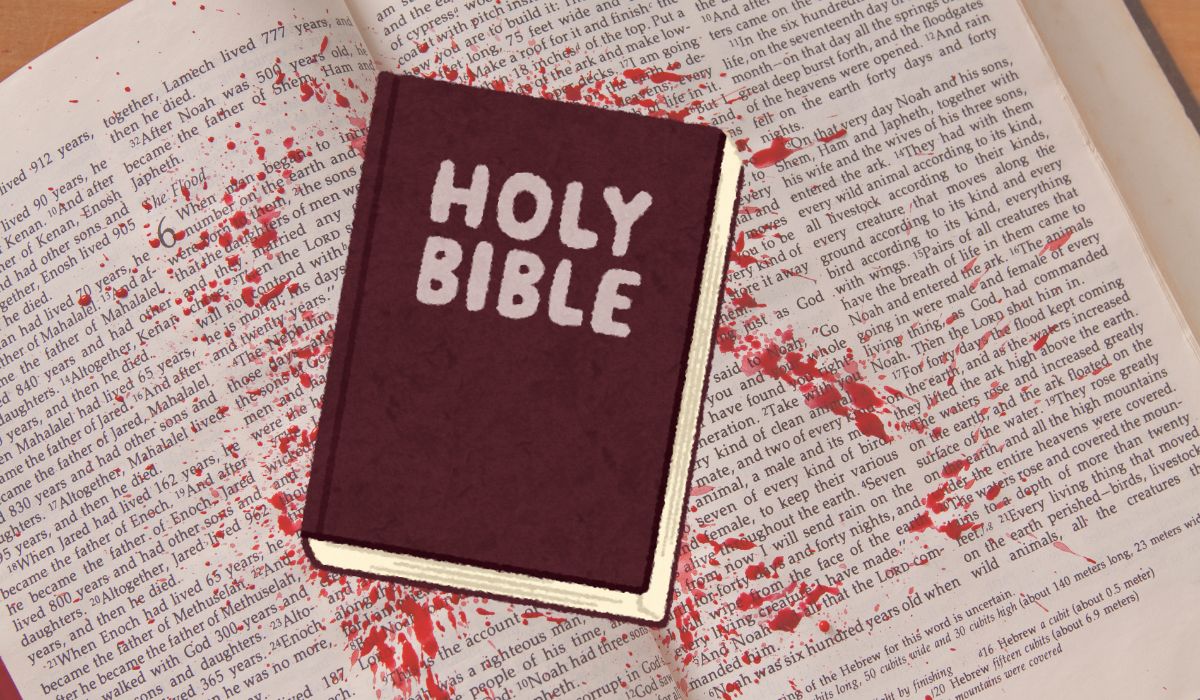 Understanding the biblical locations mentioned in the Bible can enhance our reading and deepen our appreciation of the Scriptures. One such place is Havilah. This article explores the significance, location, and meaning of Havilah in the Bible. Additionally, we will provide guidance on what order to read the Bible to gain a holistic understanding of its message.
Understanding the biblical locations mentioned in the Bible can enhance our reading and deepen our appreciation of the Scriptures. One such place is Havilah. This article explores the significance, location, and meaning of Havilah in the Bible. Additionally, we will provide guidance on what order to read the Bible to gain a holistic understanding of its message.
What Does Havilah in the Bible Mean?
The name Havilah appears several times in the Bible. Derived from Hebrew, Havilah means “circle” or “twist,” which could signify a region rich in resources or a circular geographical area. Havilah is mentioned in different contexts, which we’ll explore further.
How Many Times is Havilah Mentioned in the Bible?
Havilah is mentioned in the Bible a total of four times. Each mention provides clues about its location and significance:
- Genesis 2:11 – Describes a river flowing out of Eden to water the garden, dividing into four headwaters, one of which encircles the entire land of Havilah.
- Genesis 10:7 – Lists Havilah as a descendant of Cush.
- Genesis 10:29 – Lists Havilah as a descendant of Joktan.
- 1 Samuel 15:7 – Describes the boundaries of the land where Saul fought the Amalekites, extending to Havilah.
Where Was the Land of Havilah Located?
The exact location of Havilah remains a subject of scholarly debate. The Bible provides some geographic clues:
- Near Eden: Genesis 2:11 places Havilah near Eden, suggesting a fertile and resource-rich area. It was known for its gold, bdellium (a resin similar to myrrh), and onyx stone.
- Boundaries: In 1 Samuel 15:7, Havilah’s location stretches from the wilderness towards Shur, near Egypt, indicating it was somewhere in the Arabian Peninsula or northeastern Africa.
Where Is Havilah on the Map?
While modern maps do not pinpoint Havilah precisely, scholars suggest it could be in the Arabian Peninsula, possibly near modern-day Saudi Arabia or Yemen. Its rich description in Genesis aligns with areas historically known for precious resources.
Spiritual Meaning of Havilah
Spiritually, Havilah represents abundance and divine provision. Its rich resources symbolize God’s blessings and the prosperity that comes from living in accordance with His will.
Where is Havilah in the Bible Today?
Identifying Havilah’s exact modern location is challenging. However, some believe it could correspond to regions in the Arabian Peninsula, rich in natural resources and historical significance. Modern archaeological and geographical studies continue to search for more definitive evidence.
Where is the Garden of Eden Located Today?
The Garden of Eden’s exact location is also a mystery. Descriptions in Genesis place it at the headwaters of four rivers: Pishon, Gihon, Tigris, and Euphrates. While the Tigris and Euphrates are identifiable in modern-day Iraq, the locations of Pishon and Gihon are less certain. Some theories suggest Eden was in the Persian Gulf region, where the rivers might have converged in ancient times.
Havilah Meaning in Bible
Havilah’s biblical meaning emphasizes richness and God’s provision. It stands as a testament to the abundance that God provides to those who seek Him.
Reading the Bible: What Order Should I Read the Bible In?
To gain a comprehensive understanding of the Bible, it is helpful to follow a structured reading approach. Here are some recommended strategies:
1. Chronological Order
Reading the Bible chronologically helps understand the historical context and progression of God’s plan. This order aligns events as they happened:
- Genesis: The beginning of creation and early history.
- Exodus to Deuteronomy: The journey of the Israelites from Egypt to the Promised Land.
- Joshua to Esther: The history of Israel as a nation.
- Job: Often considered a contemporary of the patriarchs.
- Psalms, Proverbs, Ecclesiastes, Song of Solomon: Writings and wisdom literature.
- Prophets: Aligning with historical events in Kings and Chronicles.
- New Testament: The life of Jesus and the early church.
2. Thematic Order
Reading thematically allows for a focus on specific topics or themes, such as:
- Creation and Fall: Genesis 1-11.
- Patriarchs: Genesis 12-50.
- Exodus and Law: Exodus, Leviticus, Numbers, Deuteronomy.
- Kingdom and Exile: Samuel, Kings, Chronicles, Prophets.
- Jesus’ Life and Ministry: Gospels.
- Early Church: Acts and Epistles.
- End Times: Revelation.
3. Canonical Order
Reading in the order the books appear in the Bible is a straightforward approach:
- Old Testament: Genesis to Malachi.
- New Testament: Matthew to Revelation.
4. Mixed Order
Combining Old and New Testament readings can provide a balanced perspective:
- Genesis and Matthew: Beginning of the Old and New Testaments.
- Psalms and Acts: Daily worship and the early church.
- Prophets and Epistles: Prophetic insights and apostolic teachings.
Personal Reflection and Application
Whichever order you choose, take time to reflect on the readings and apply their lessons to your life. Engage with the text through prayer, meditation, and study to deepen your understanding and connection with God.
Havilah’s biblical significance and location offer fascinating insights into the ancient world and God’s provision. As we explore these themes, we also find guidance on how to read the Bible effectively. By following a structured approach and reflecting on its teachings, we can grow in faith and understanding.









